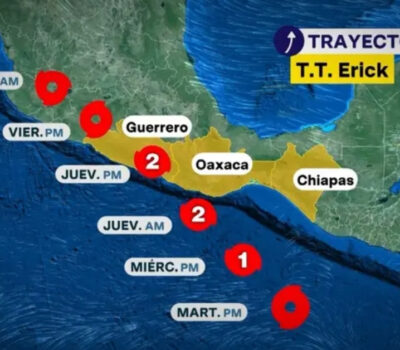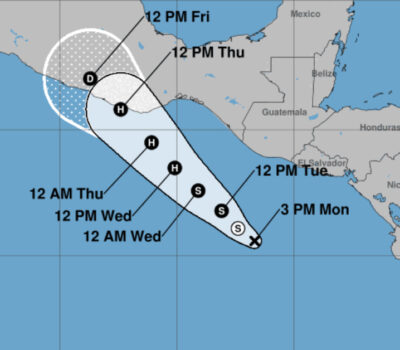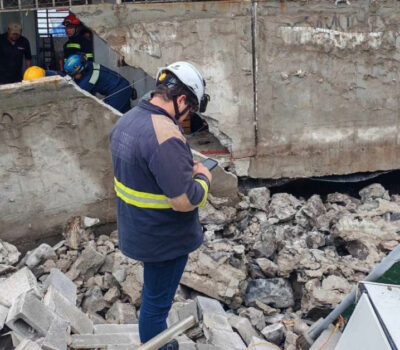Mexico’s federal civil defense office said Friday that ash has fallen on towns as far as 15 miles (25 kilometers) from the peak, which is also known as the Volcano of Fire. Glowing hot rock tumbled down the volcano’s flanks over a mile (2 kilometers) from the crater.
The office says the eruption is much lower in intensity than ones in 2005 that forced evacuations. No injuries or evacuations were reported Friday.
The Colima Volcano is located 230 miles south of Puerto Vallarta and causes no risk to our the beach-side resort that is kicking off its tourism season.
The eruption was likely the result of accumulated gas/magma pressure that ejected a solid plug blocking the vent.
Despite its name, only a fraction of the volcano’s surface area is in the state of Colima; the majority of its surface area lies over the border in the neighboring state of Jalisco, toward the western end of the Eje Volcánico Transversal mountain range. It is about 485 km (301 mi) west of Mexico City and 125 km (78 mi) south of Guadalajara, Jalisco. It is one of the most active and potentially destructive volcanoes in Mexico.
In recent years there have been frequent temporary evacuations of nearby villagers due to threatening volcanic activity. Eruptions have occurred in 1991, 1998–1999 and from 2001 to the present day, with activity being characterized by extrusion of viscous lava forming a lava dome, and occasional larger explosions, forming pyroclastic flows and dusting the areas surrounding the volcano with ash and tephra.
The largest eruption for several years occurred on May 24, 2005. An ash cloud rose to over 3 km over the volcano, and satellite monitoring indicated that the cloud spread over an area extending 110 nautical miles (200 km) west of the volcano in the hours after the eruption. Pyroclastic flows traveled four-five km from the vent, and lava bombs landed 3–4 km away. Authorities set up an exclusion zone within 6.5 km of the summit.
Mexico's federal civil defense office said Friday that ash has fallen on towns as far as 15 miles (25 kilometers) from the peak, which . . .











